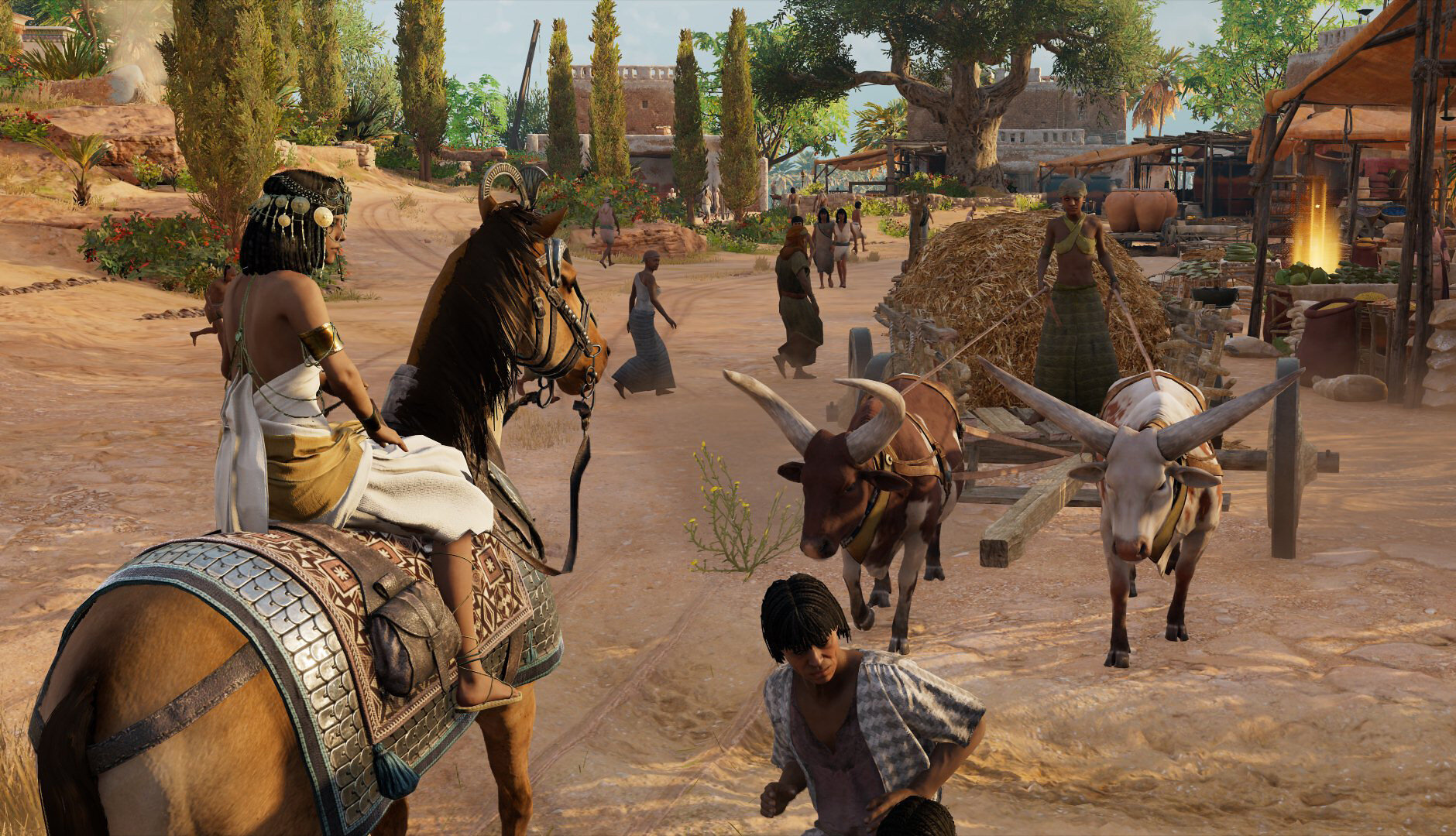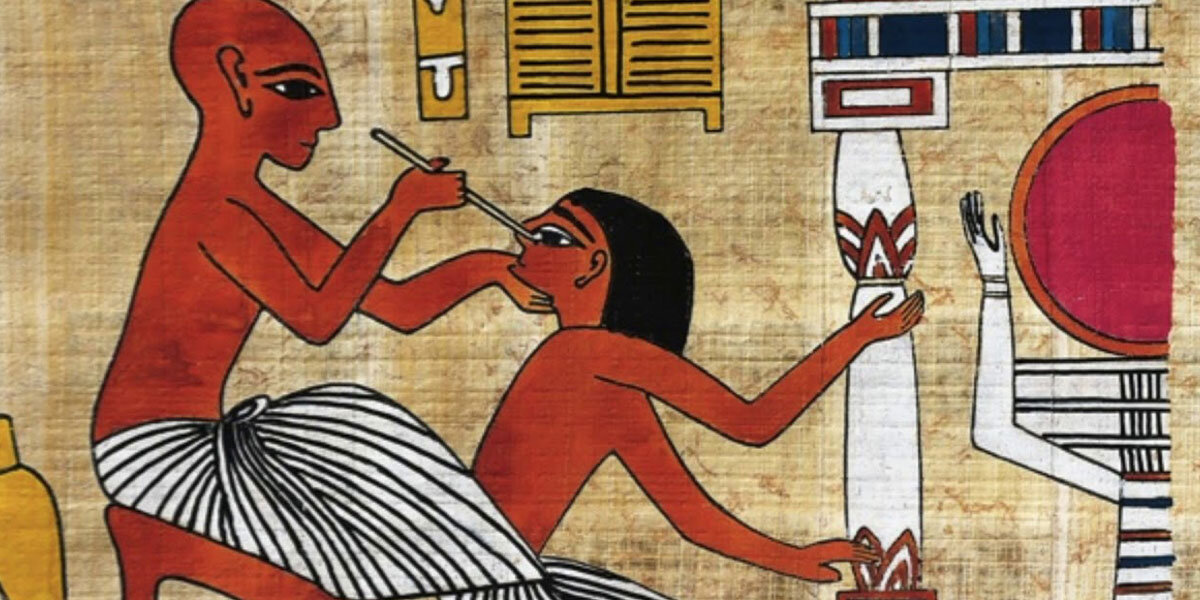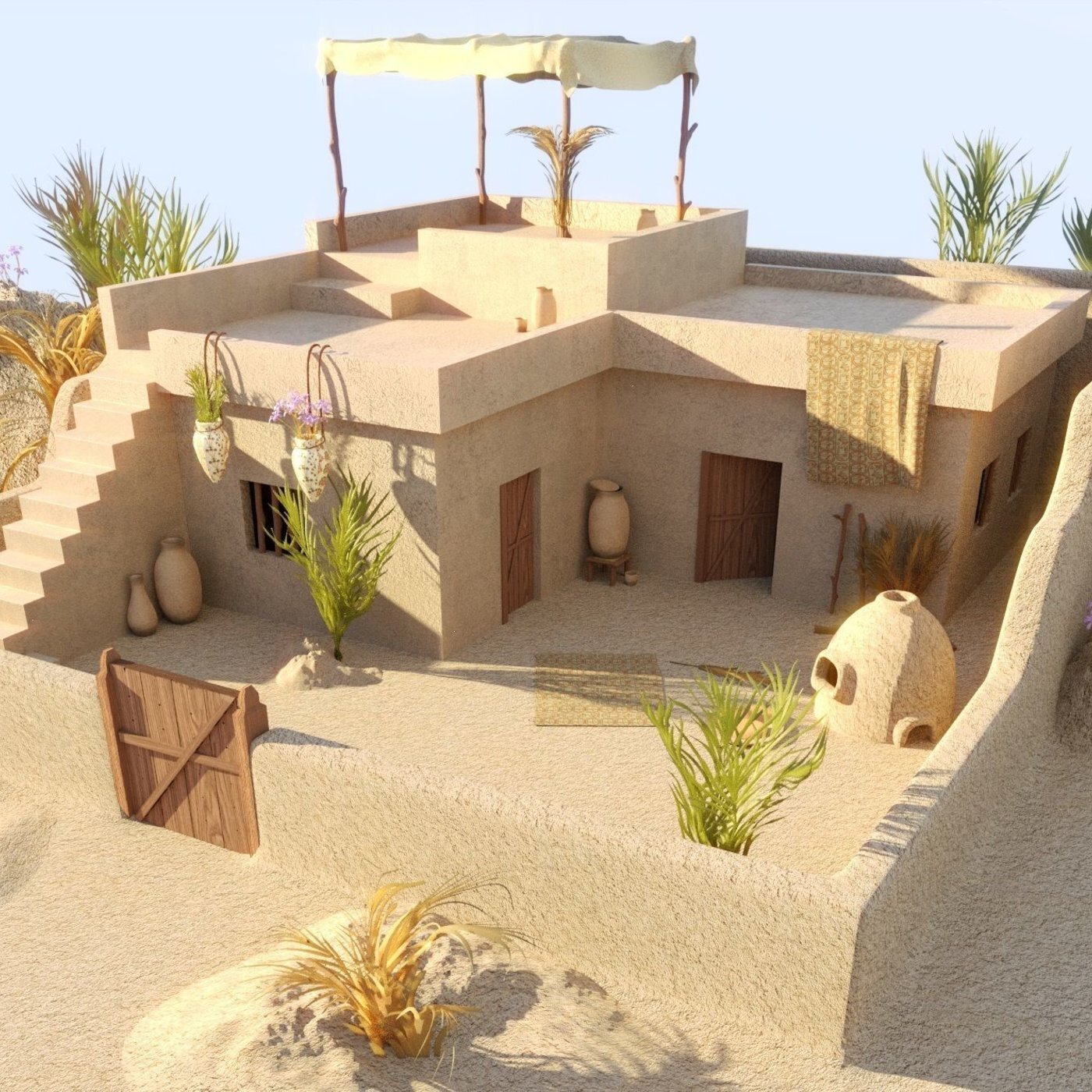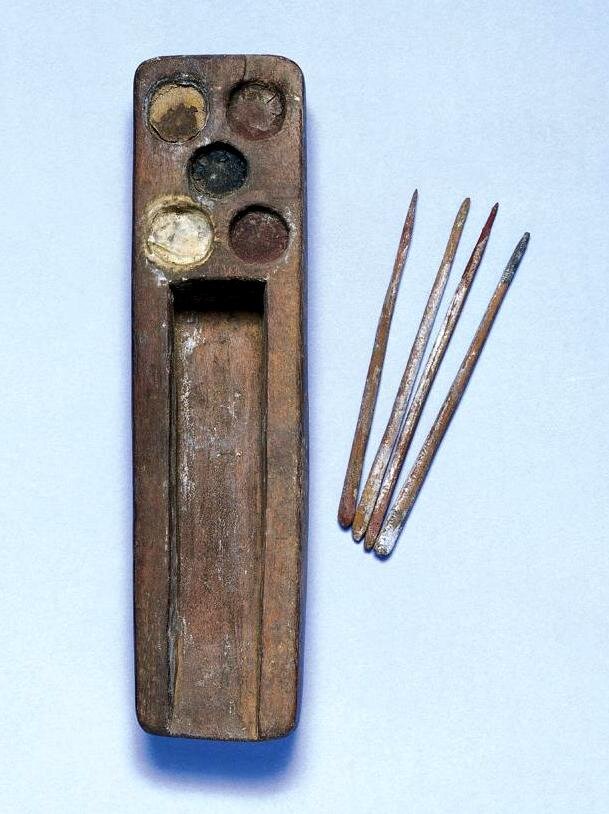How long did Ancient Egyptians live — and what did most people die of? What were the houses and schools like in Ancient Egypt? What did Ancient Egyptians eat and drink? Egyptologist and author Barbara Mertz unearths these secrets.
What was in an Ancient Egyptian’s diet? How long did they live? And, most importantly, were they cat or dog people?
While I love learning about world religions, mythology and history, not everyone can be a ruler or high priest. It’s nice to also think about the little people. As we explored the wonders of Egypt, I kept finding myself wondering what it was like for the average person.
It was surprisingly difficult to find a book that covered this subject. There are tons of tomes covering the temples, tombs and pharaohs. But one that tells you how most Egyptians at the time kicked the bucket? Hard to come by.
“Before we start feeling superior to our ‘primitive’ predecessors, we should bear in mind that a good many people in today’s ‘civilized’ world live under conditions that are as bad or worse than the ordinary ancient Egyptian endured.”
So thank Horus for Barbara Metz (who, incidentally is the author of the delightful murder mysteries of the proto-feminist archeologist detective, Amelia Peabody). Mertz’s book, Red Land, Black Land: Daily Life in Ancient Egypt, written in her oh-so-distinctive voice, was just what I was looking for.
Barbara Mertz — perhaps the most entertaining author on Ancient Egypt out there
Dear Reader, a Caveat
Part of what I find so enjoyable about Mertz is that she tells it like it is. She’s not too full of her own self-importance to be self-deprecating about herself and fellow Egyptologists. One thing she’ll never be accused of is being stuffy; in fact, there’s a sassiness and wit to her writings that delights me.
Mertz warns that you can’t take anything you learn about Ancient Egypt as outright facts. What we know about that time period could be a misinterpretation of the evidence, and a new discovery can utterly uproot existing theories.
“[T]he most reliable books on ancient Egypt are loaded with boring words like ‘probably’ and ‘perhaps’ and ‘possibly’; scholars avoid ‘maybe’ for stylistic reasons, but it should be prefixed to at least 50 percent of the statements made in any book on Egypt — including this one,” she writes.
That’s especially true since Mertz first published Red Land, Black Land in 1966, with an updated edition that came out in 1978.
Mummies reveal a lot about how Ancient Egyptians lived — and died.
How long did the average Ancient Egyptian live?
About 35 years — and no wonder, Mertz says. They toiled hard and had limited access to healthcare: “Studies of Egyptian mummies show that these people suffered from a number of diseases, most of which went untreated,” she writes. “Poor nutrition and the inability to cope with infection contributed to high infant mortality. The flour ground on stone querns contained large quantities of grit that wore away tooth surfaces. Cavities were fairly infrequent, since the Egyptians didn’t have refined sugar, but a number of mummies have hideous gum abscesses.”
Ancient Egyptian doctors didn’t do the best job at fighting off a host of diseases.
What diseases were the most common?
Studies of mummies from Ancient Egypt have revealed a host of illnesses, including malaria, tuberculosis and smallpox. “Black lung disease resulted from the smoke-filled, poorly ventilated houses, and desert lung disease from the constantly blowing sand,” Mertz writes. “Perhaps the worst and most common illness was parasitic infection, which still occurs in Egypt today. The most pervasive parasite goes by two names, bilharziasis or schistosomiasis. I won’t go into details, since they are really revolting, but if not treated, the infection produces calcification of the bladder, fibrosis of the intestine, scarring of the liver, serious anemia, chronic fatigue and possibly heart disease. It isn’t fatal except in rare cases, but the sufferer probably wishes it were.”
It all sounds pretty awful — but Mertz points out, “Before we start feeling superior to our ‘primitive’ predecessors, we should bear in mind that a good many people in today’s ‘civilized’ world live under conditions that are as bad or worse than the ordinary ancient Egyptian endured.”
Ancient Egyptian homes weren’t too shabby; they had four rooms, plus the rooftop.
What was an Ancient Egyptian house like?
For the middle and upper classes, there were typically four rooms in their homes. The room facing the street had no windows, aside from grates near the roof. Beyond this was an all-purpose room with columns and a higher ceiling, where the family slept, ate and entertained. A raised platform was used for a couch, bed or possibly to give birth. And behind this were two more small chambers: a kitchen and a storeroom or extra bedroom. There was a basement for storage, and a flat roof that served as extra living space.
Beds tilted slightly downward, so instead of a headboard, there was a footboard to keep the sleeper from gently sliding down onto the floor, Mertz writes. And no down-filled pillows were to be found: “the item that would finish most of us was the pillow, which was not a pillow at all but a headrest of shoulder height, with a support curved to fit the neck,” she explains.
Dining tables were also unheard of. Even in royal palaces, every guest or pair of guests had their own little table to eat at.
In the kitchen, there weren’t any counters. While it doesn’t sound very sanitary, all cooking prep was performed on the floor, from grinding grain to kneading bread.
Egyptian homes didn’t have counter space, so meal prep was done on the ground. Consequently, a lot of food had grit in it that wore away at the teeth.
Privacy wasn’t really an option, as homes were filled with extended family members.
At Amarna, a city that briefly served as Egypt’s capital, the villas of chief courtiers even had bathrooms — a small, walled-off space with a brick-supported seat and a removable vessel beneath.
A model of an Ancient Egyptian home. Peasants’ homes were made of mud brick and would be reduced to nothing in a bad downpour.
What about the homes of the lower class?
Their huts would have been made of mud brick, containing a single room that everyone — including any domesticated animals — shared. And while it doesn’t rain often in Egypt, when it does, it’s a deluge. “A heavy downpour would reduce a peasant’s house to a pile of mud,” Mertz writes. “On the positive side, such domiciles were easy to build.”
Bread and beer were the two main staples of the Ancient Egyptian diet.
What did Ancient Egyptians eat and drink?
The key staple of the Ancient Egyptian diet was bread. In fact, some loaves have survived to the present day!
They were also quite fond of beer. These two items top the list of the mortuary texts that list the food most desired in the afterlife.
Early Egyptians ate a lot of fish — the River Nile offered a never-ending supply.
Milk, cheese, beans, lentils and chickpeas were also consumed.
Vegetables played a large part in the Ancient Egyptian’s diet, primarily onions, garlic, radishes and lettuce (which was an aphrodisiac and features prominently in a bizarre myth about Horus and Seth).
“Meat was probably scarce in poor households, but well-to-do families raised cattle and such exotic animals as oryxes and gazelles for food,” Mertz writes.
They also domesticated pigs, sheep, geese and ducks.
Wealthy nobles, not surprisingly, ate better than the peasants. For one, they could sweeten their food with honey, and they ate carob, which is as close to chocolate as the ancients got.
They ate fruit, including dates, figs, melons and grapes, which were also dried into raisins or made into wine.
More wine? Egyptians seemed to prefer beer, but as these amphoras attest, vino was popular, too.
“People ate with their fingers,” Mertz writes, “and when the meal was over a servant, or a daughter of the household, came around with water, which was poured over the hands.”
This carving shows what appears to be an Ancient Egyptian school.
Did Ancient Egyptians go to school?
We’re not sure, but we can presume that some of the upper class children, particularly the boys, were educated at a temple or in a room of a scribe’s house.
The tools of the scribe’s trade
They were given the equivalent of pen and ink, and they wrote on ostraca, broken fragments of pottery or stone, because papyrus was too expensive for educational purposes. As you can imagine, they wrote in the hieroglyphic Egyptian script (“the most beautiful system of writing ever devised,” according to Mertz).
“Incidentally,” she continues, “the correct noun form for the little images is ‘hieroglyphs.’ Popular writers occasionally call them ‘hieroglyphics,’ and this small error scratches at the sensitivities of Egyptologists like a fingernail on a blackboard.”
Ancient Egyptians got a lot of things right — including a love of cats, which they domesticated.
How did they feel about cats?
It’s believed that Ancient Egypt was the first place cats were domesticated.
They were also at the center of the worship of the feline-headed deity, Bastet: “Mummified cats have been found in large numbers,” Mertz writes. “I regret to say that the majority appear to have been deliberately done in, presumably as an offering to the goddess in question. (Don’t ask me to explain the logic of this.)”
The Egyptian word for cat might have been an onomatopoeia: It’s spelled miw. “How it was vocalized we may safely leave to the imagination of any cat-owning reader,” Mertz writes, cheeky as ever. –Wally
KEEP READING: The Sex Lives of Ancient Egyptians
Learn their views on premarital sex, children born out of wedlock, homosexuality, women’s rights and more!

































